Zeiss Otus ML 50mm f/1.4 First Impressions: Still Legendary?
I distinctly remember when the Zeiss Otus 55mm f/1.4 lens first entered the market. It was a lens designed to project a larger circle of light onto the sensor and therefore it was huge. As bulky as it was, this oversized design enhanced the overall sharpness of the lens, especially toward the corners, and quickly cemented itself a legendary status. However, the Zeiss Otus lenses were designed for DSLR cameras and it has been six years since the 100mm Otus was released. A lot can happen in six years and the other manufacturers have had plenty of time to catch up in terms of optical performance.
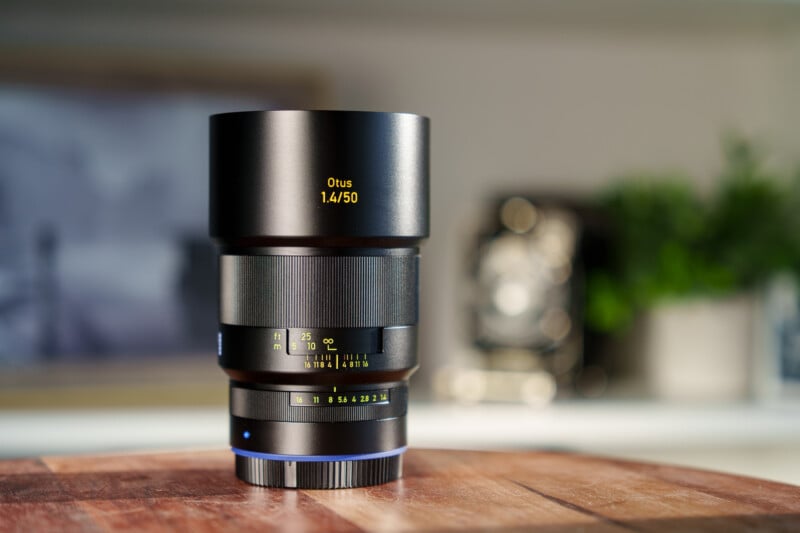
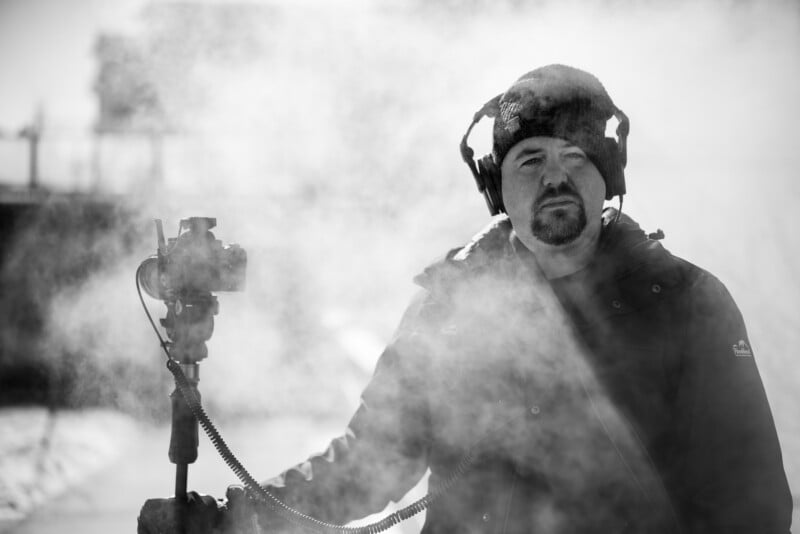
It honestly looked like Zeiss may have given up on making lenses for mirrorless cameras altogether, but surprisingly we now have a brand new 50mm f/1.4 for Nikon Z mount, Sony E mount, and Canon RF mount. This new version is much smaller and lighter and is both apochromatic in its design as well as modernized for the mirrorless camera. Can this costly $2,500 Zeiss lens live up to the glowing reputation of its predecessor?
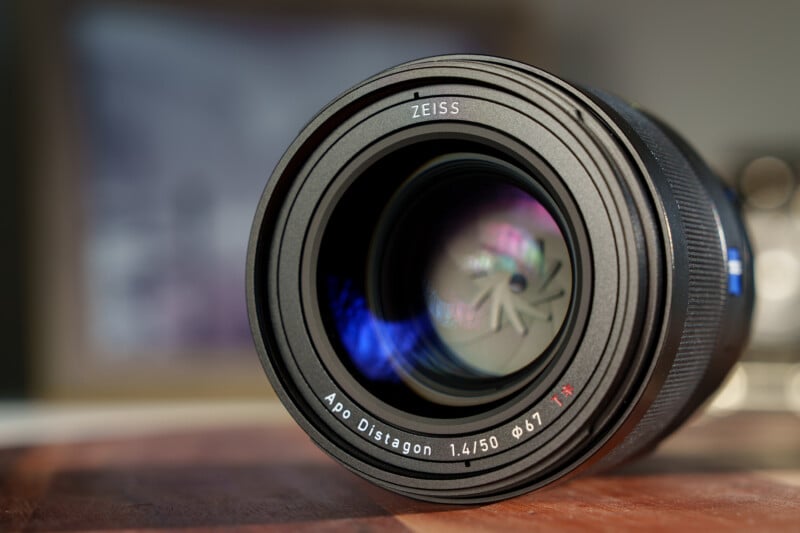

Zeiss Otus ML 50mm f/1.4 Review: How It Feels
One factor that the new Zeiss Otus 50mm lens carries over from its predecessor is an incredibly high-quality build standard. The Zeiss lens is made almost completely out of metal and has one of the smoothest-turning manual focus rings I’ve ever used. The lens is also fully weather-sealed but despite its all-metal construction, it’s much lighter than its predecessor hovering around 24.7 ounces (700 grams) depending on what mount of camera you get it for. The lens also comes with a tight-fitting metal hood and has a very modest and easy-to-find 67mm front filter thread diameter.
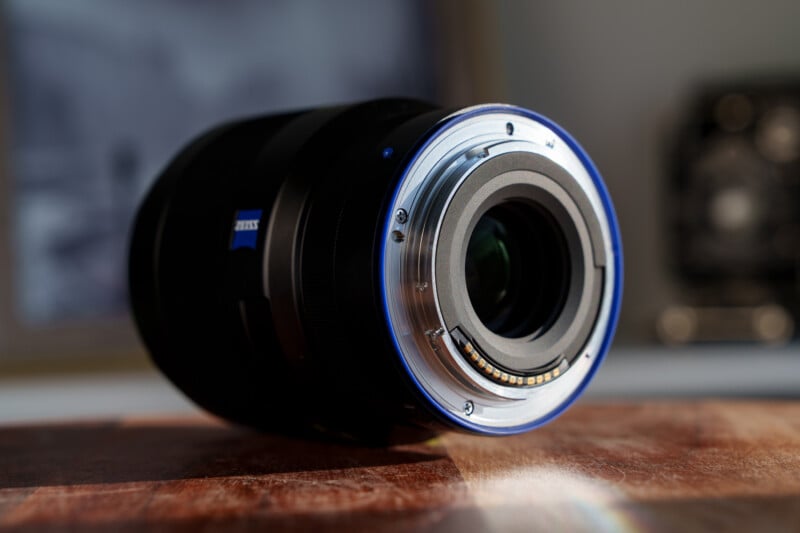

Now it’s a good thing that the focus ring is so pleasant to use because this lens is indeed manual focusing only. However, it does provide electrical communication between the lens and body to transmit EXIF data and shares the focal length properly, allowing IBIS units to adjust accordingly. Lastly, there is an aperture ring on the lens which can be adjusted for both smooth or clicked operation, although you have to twist a switch embedded in the lens mount to do so. It is not exactly an easy function to adjust on the go but most users will commit to one choice and never touch it again.

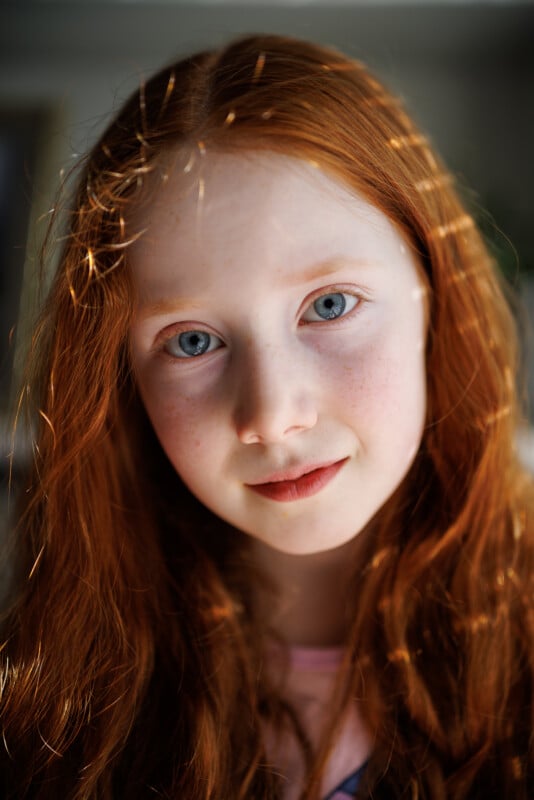
Zeiss Otus ML 50mm f/1.4 Review: How It Shoots
Let’s start with the famous Zeiss T* coatings, a famous hallmark of the brand going back decades. These coatings do an excellent job of preventing flare and loss of contrast in the image even when pointed at the sun. Ghosting was minimal at the tightest of apertures and I liked the retention of contrast and saturation when shooting wide open. The apochromatic design of the lens also does an excellent job of eliminating any lateral chromatic aberrations in the frame.
However, I was surprised and disappointed to see a fair amount of LoCA, longitudinal chromatic aberrations, when shooting at f/1.4. These color casts in the out-of-focus areas of the picture are difficult to deal with in post and I found the strong color shifts distracting in some shots.
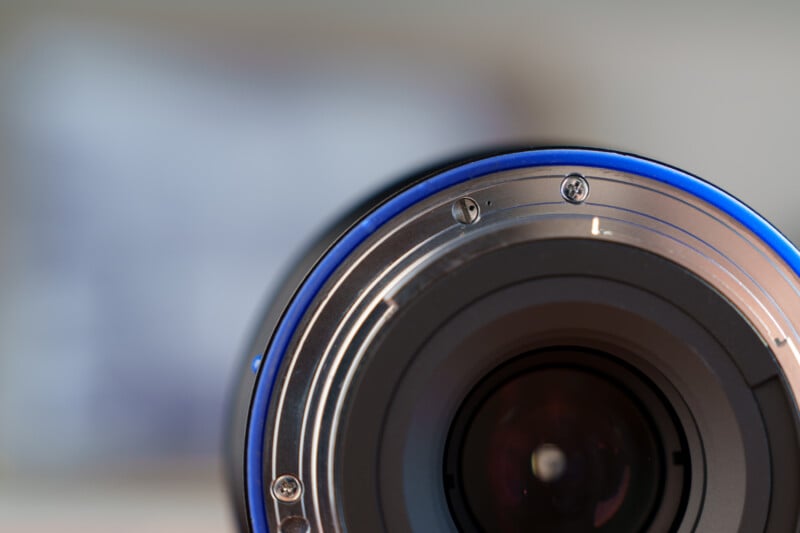

I also found the sun stars to be quite bland looking with no real definition but a fast 50mm lens isn’t really the kind of optic we would use for this application anyways. What a fast 50mm is good for is shallow depth of field pictures and the Zeiss handles this aspect beautifully. At f/1.4, the specular highlights at the edge of the frame form pleasing cat’s eye shapes, and when stopped down the highlights have a slightly polygonal shape to them. The bokeh is clean and smooth looking with soft and gentle rendering of the backgrounds and I think anyone using this lens will find much joy in the way it renders focus.
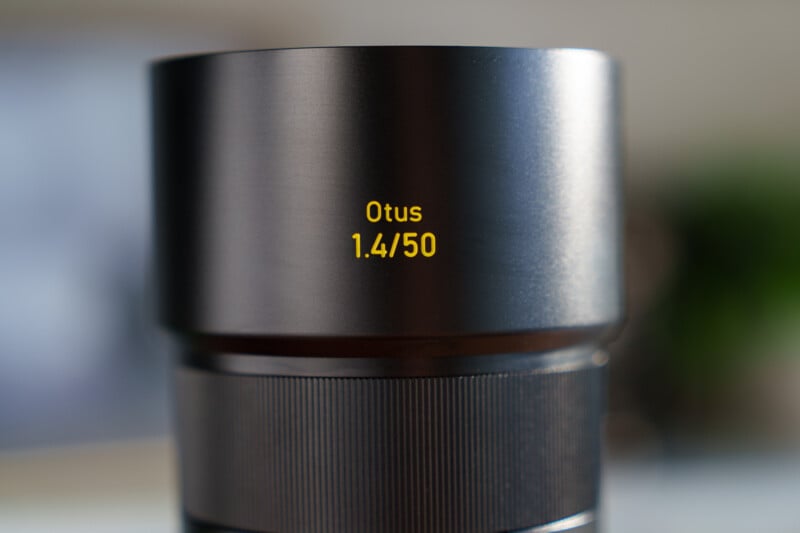
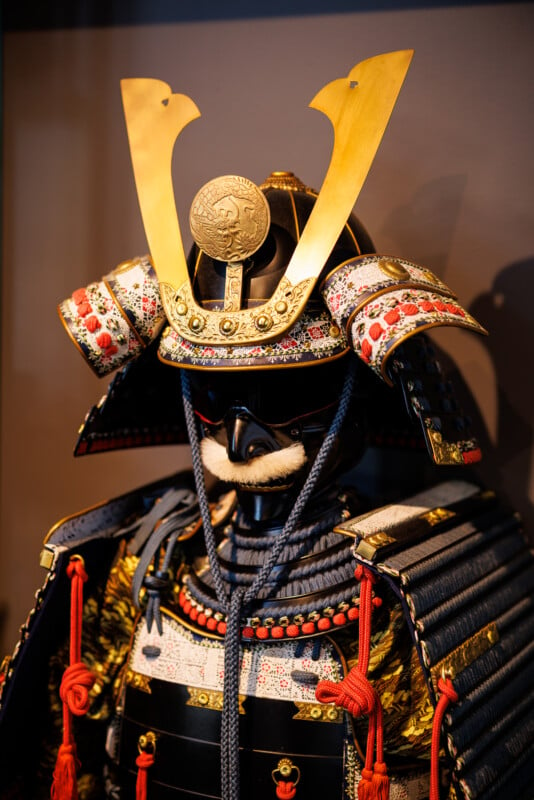
This is a sharp lens. It has good detail across the center of the image at f/1.4. It does have a somewhat lower contrast to the image overall, but this goes away after stopping the aperture down slightly. The corners of the image tend to be a little soft at f/1.4 but everything cleans up nicely when, again, the aperture is stopped down.
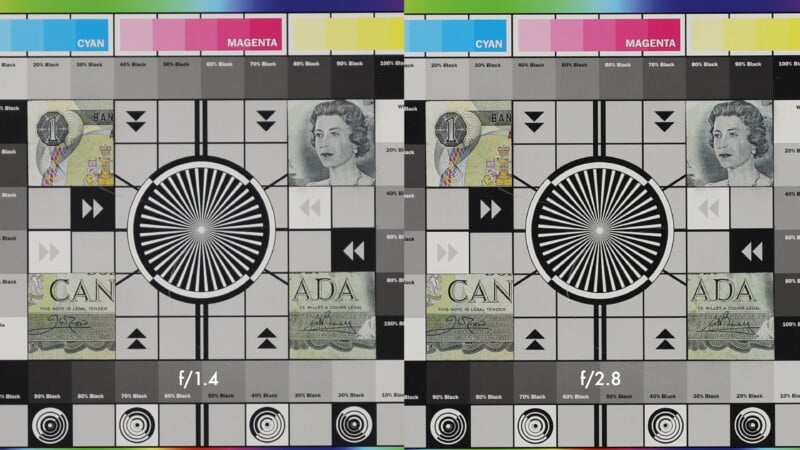
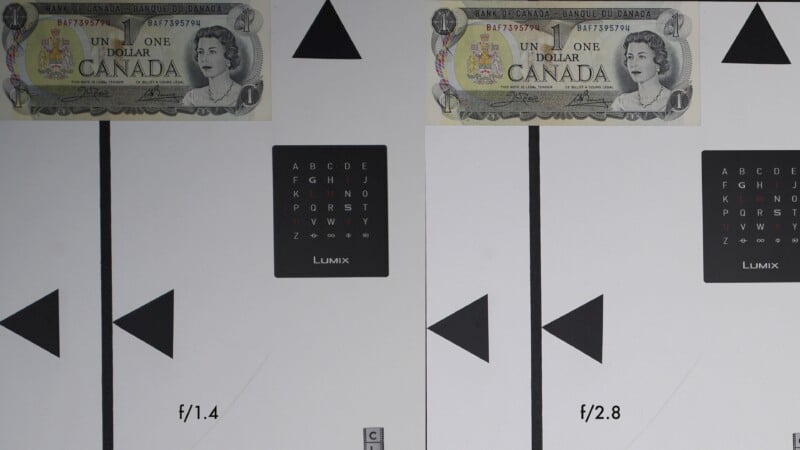
I would say that this particular Otus lens doesn’t have the clinical sharpness and stark contrast that the other Zeiss lenses are famous for when shooting at the widest aperture. However, I liked the change of character shooting at f/1.4 and I think it suits the portraits and sunlit wintery scenes that I took. Close the aperture, even slightly, and you are right back to that surgical sharpness that you may be seeking.

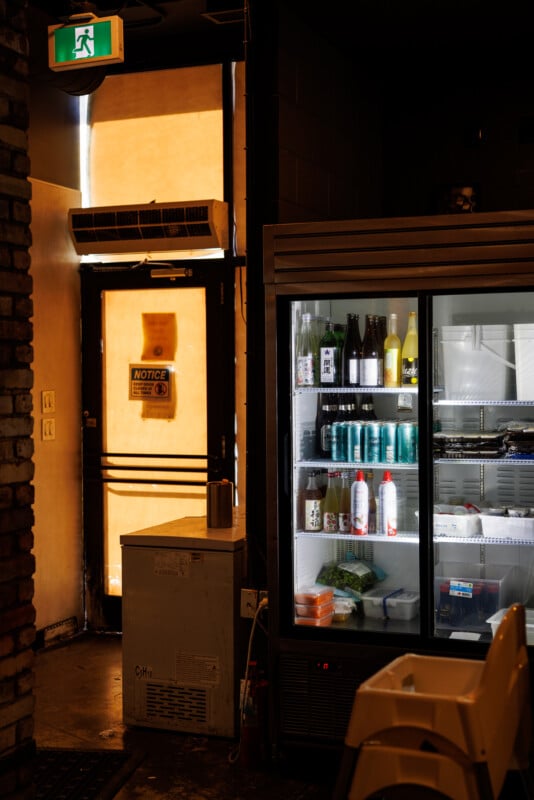
Zeiss Otus ML 50mm f/1.4 Review: A Limited Scope
When shooting prestigious lenses like the Zeiss Otus I have the luxury of being able to enjoy the experience the lens provides without having to shoulder the exorbitant $2,500 price. Don’t get me wrong, I can appreciate the caliber of design and optical precision that is required to make this lens apochromatic and almost distortion-free. That kind of correction does not come cheap, and I had hoped that this lens might add to its value-for-the-dollar factor by making for an awesome video lens as well.
Sadly, this lens suffers from some serious lens breathing and the manual focus throw is way too long. I can focus precisely for sure, but video work will require a separate focus-puller to do dramatic pulls and the field of view will change substantially while doing it.

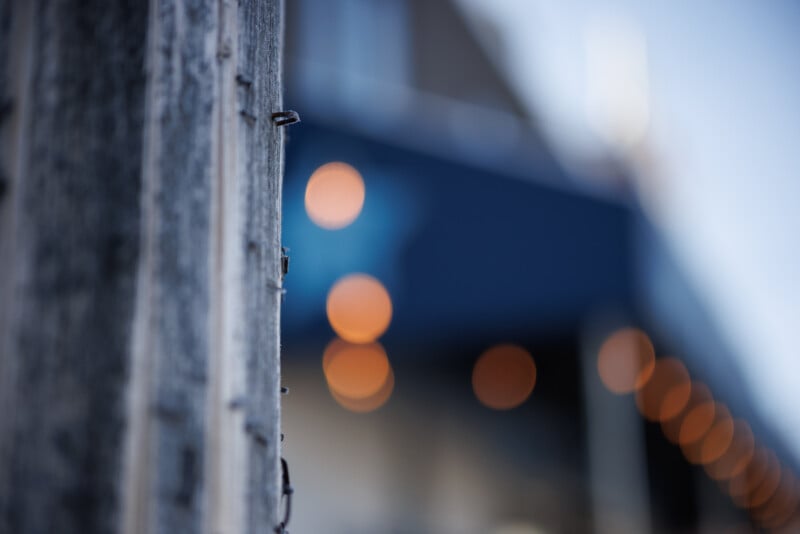
The target audience for this lens is going to be limited. Some photographers will value the old-school way of making lens corrections mechanically rather than with digital correction applied after the image is taken.

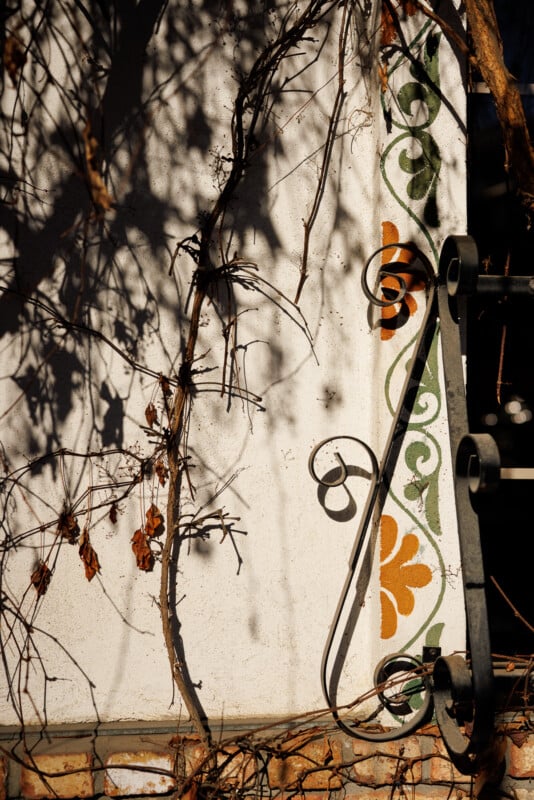
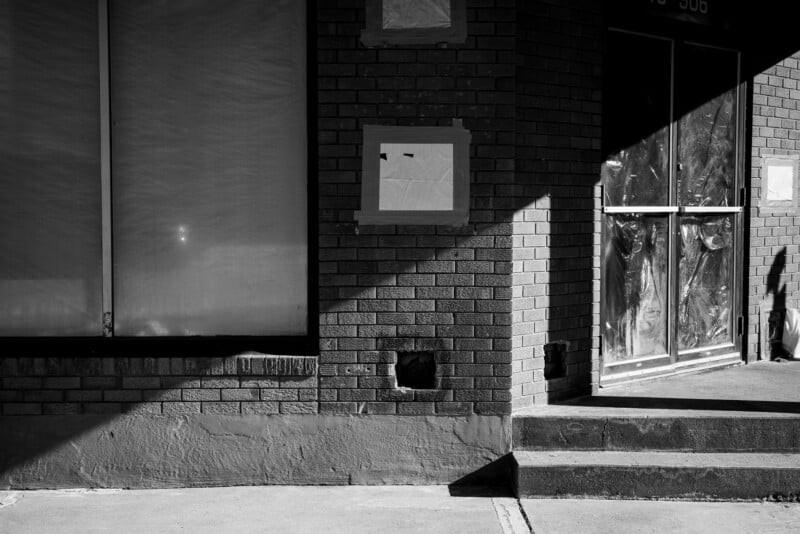

The Zeiss certainly has a unique look to the color palette and overall rendition of the image, which I find quite beautiful, however, the price is just so high compared to what else is available and there are significant limitations to the end user. Almost any other available lens is going to support autofocusing and will provide better optical performance, or a much lower hit to the wallet, or both. By all means, grab the Zeiss Otus 50mm if you want to embrace the experience of shooting a classic, manual focus lens. Just don’t expect to find any tangible value for the dollar while you’re at it.